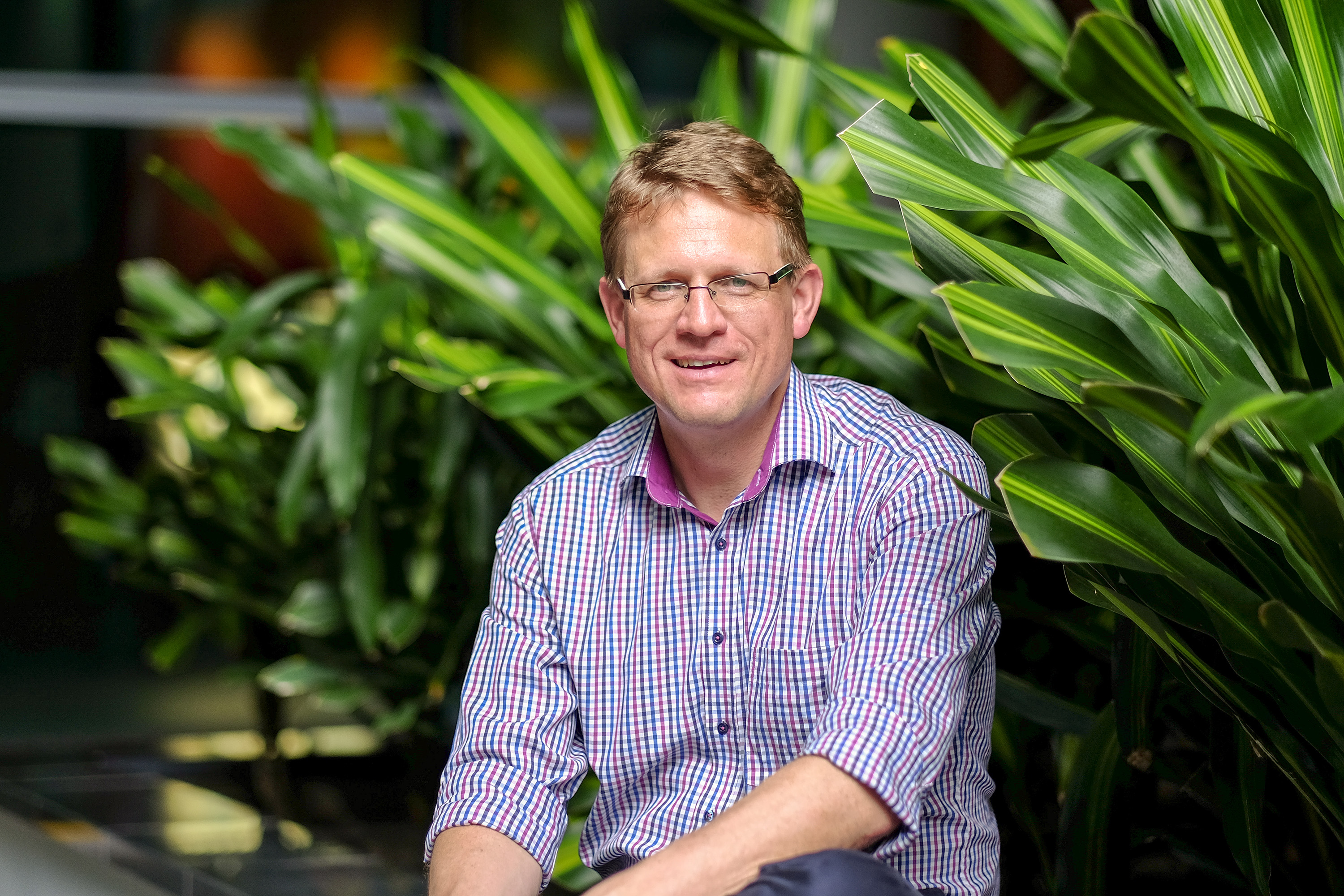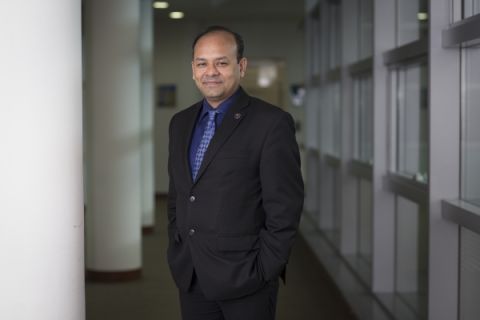
By Alistair Jones
SMU Office of Research & Tech Transfer – “Mindfulness practice can be considered a self-regulation practice: you learn to intentionally self-regulate your attention,” says Jochen Reb, Professor of Organisational Behaviour & Human Resources at Singapore Management University (SMU).
“Attention often gets distracted and wanders here and there in daily life. In mindfulness practice, we try to focus on one thing at a time. Compared [with] self-reflection, there is less emphasis on thinking and more emphasis on non-conceptual attending.”
Professor Reb is the lead investigator on a project, conceived with SMU Associate Professor of Sociology Hiro Saito, to create a 13-week undergraduate elective module – The Science and Practice of Mindfulness at Work – targeting final-year students at SMU. The project was recently awarded a Tertiary Education Research Fund (TRF) grant by the Ministry of Education.
With a total of 39 contact hours, the module aims to help undergraduates achieve one of SMU's learning outcomes – personal mastery – as a driver of holistic learning in pursuit of both personal and collective wellbeing.
Meditation techniques to achieve mindfulness have long been a part of Asian life. Western academic interest in their remedial potential was spurred in the late 1970s when American medical professor Jon Kabat-Zinn formally introduced mindfulness into clinical therapy with the creation of the Mindfulness-Based Stress Reduction (MBSR) program for the management of chronic pain.
Kabat-Zinn's practice of yoga and studies with Buddhist teachers led him to integrate their teachings with scientific findings. The eight-week MBSR program is offered by medical centres, hospitals and health maintenance organisations across the world.
Together with a growing body of research that has demonstrated the benefits of mindfulness in diverse settings, from business and sports to education, MBSR provided the inspiration for other programs such as Mindfulness-Based Cognitive Therapy (MBCT) and Mindfulness-Based Strategic Awareness Training (MBSAT), a course designed to help people make better decisions at work and in life.
Personal mastery
In recent decades, mindfulness training programs have been trialled in primary and secondary schools, notably in a UK government initiative that was part of a larger study on mental health and wellbeing. A growing number of schools worldwide are now incorporating mindfulness to support student development, but programs at a tertiary level are a more recent occurrence.
A striking aspect of SMU's intended MBHE module is that it will integrate mindfulness with positive psychology.
“Positive psychology is an area within psychology,” explains Professor Reb.
“A lot of psychology, including clinical psychology, traditionally has a negative focus, [such as] on mental illnesses. Positive psychology says that the absence of mental illness does not equate with mental health. Instead, mental health and other positive states need to be furthered, and studied, in their own right.
“And this cultivation of positive states culminates in flourishing, in which we realise our unique potentials as individuals to live a happy life – together with people around us.”
In effect, mindfulness practice in combination with positive psychology can move a person not only from negativity to a neutral state, but even beyond, to a positive state by building on their character strengths to “clarify and envision one's best self”.
The MBHE module aligns with SMU's desired graduate outcome of personal mastery, which entails metacognitive awareness, a resilient move towards personal growth and commitment to wider society.
“Mindfulness practice develops self-regulatory skills and in this way enhances autonomy,” says Professor Reb. “For example, one feels more 'in charge' of one’s attention. It also helps recognise and even out negative feelings, such as anger, anxiety and regret.”
Regular practice
The emphasis of the module is experiential and will employ techniques such as body scan, sitting and walking meditations, and other practices that are regularly used in MBSR and MBSAT.
“The new course draws heavily on MBSAT as one of its core foundations. However, it is adapted to the specific context of university students,” Professor Reb says.
It is anticipated that the module will be helpful for students making the university-to-work transition.
“The university-to-work transition is one of the psycho-socially most demanding challenges of adulthood,” Professor Reb says.
“How well students can self-regulate their attention (focused mindfulness), how much students are clear about their visions of flourishing and committed to moving toward them (purposeful mindfulness), and how inclusive their visions and actions are (relational mindfulness) are expected to make a significant difference in this transition.”
The module will also assign academic writings on the theories and empirical findings of mindfulness at work. An understanding of the scientific basis of mindfulness can motivate students to continue, as well as acquire critical perspectives on, their own practice.
But some people find it difficult to sustain mindfulness practices without guiding supervision.
“Regular practice outside the classroom is the key,” says Professor Reb.
“So, I will ask students to practice and reflect on their mindfulness journeys in weekly journals. At the end of the semester, we will also discuss how students can continue their own practice beyond the course. And because this course is part of a research project, we will follow up on students several months after the course ends, so that we can evaluate whether the course had a lasting effect.”
Imported back
Interestingly, Asian countries have been slower than the West to adopt mindfulness-based educational interventions.
“In a way, mindfulness practice has been already a part of Asian countries for many centuries,” Professor Reb says.
“Buddhism, Daoism, Hinduism, yoga and martial arts all have at their core meditative practices that cultivate mindfulness. After these Eastern mindfulness practices were disseminated to the West during the 20th century, they were made secular through scientific approaches employed by researchers based in universities.
“Roughly speaking, this is how MBSR, as well as MBSAT, came about. Now these secular-scientific approaches to mindfulness are imported back to Asia because they are evidence-based and hence more approachable for people irrespective of their religions.”
And now an Asian university will add to the information exchange across cultures.
“I will make the course syllabus and materials publicly available, so that any interested institutions, both inside and outside of Singapore, can use them for free,” Professor Reb says.
“I have designed this course to be modular: anyone can adapt it to his or her own institution according to local needs and requirements, such as different contact hours and academic-year systems. By design, it is scalable. But how far it can actually be scaled remains to be seen.”
Back to Research@SMU August 2022 Issue
See More News
Want to see more of SMU Research?
Sign up for Research@SMU e-newslettter to know more about our research and research-related events!
If you would like to remove yourself from all our mailing list, please visit https://eservices.smu.edu.sg/internet/DNC/Default.aspx

